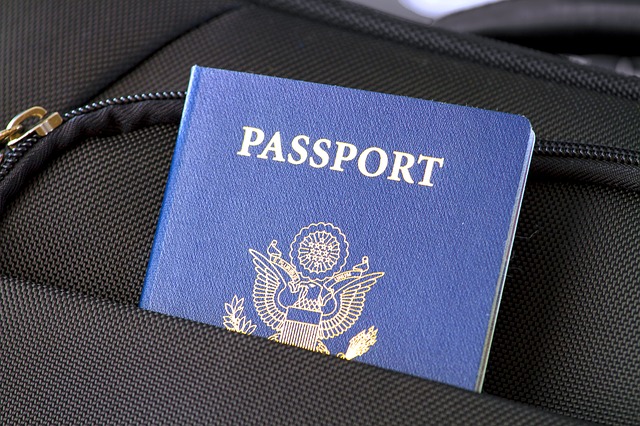The Backpacker Youth and Adventure Travel Association continues to advocate for the removal of all barriers that will restrict the flow of visiting youth on the popular Working Holiday Visa scheme to New Zealand.
Previous Government announcements surrounding easing of border restrictions, particularly those relating to those travelling on working holiday and international student visas suggested the scheme would open on March 14 as part of Step 2 following Step 1 of the 5-point plan beginning on February 27th allowing for fully vaccinated New Zealanders to return home and self-isolate, skipping MIQ.
Step 2, beginning at 11.59am on March 13 allows for the restart of the WHV scheme, which will see much needed fully vaccinated young people from across the world yet again being able to experience Aotearoa without the requirements of MIQ.
New Zealand has long been an attractive destination for young international travellers to live, work and play. The restart of our WHVs will not only be a much-needed boost to our tourism sector, but also provide much needed labour to our local and regional businesses, particularly in resort towns such as Mount Maunganui, Queenstown, and Rotorua, where they have struggled throughout the pandemic to attract a kKwi labour force.
A strong WHV scheme is critical to the survival of our sector and the tourism industry. BYATA thanks the support it has received from industry partners TIA, TECNZ and HNZ in also advocating for the speedy return of this fantastic scheme.
However, BYATA have since learnt that the reopening of the WHV scheme comes with significant barriers, starting with the fact that visa processing by Immigration NZ won’t begin until the very day the WHV holders are allowed into the country.
BYATA is seeking assurances from the government that it has supported Immigration NZ with the resources required to process these visas in a timely manner and support New Zealand’s economic recovery.
Further, even setting aside the cost of it, the seven-day self-isolation requirement will prove to be a deterrent to these desperately needed foreign youth workers returning.
In addition, there are 19,500 approved WHVs which were not activated prior to borders closing, offering a real opportunity to get workers into New Zealand as early as 4 weeks’ time if these visas can be honoured.
“Business owners across Aotearoa are crying out for working holiday visa holders to be allowed back into the country immediately to take the load off burnt out hospitality business owners, many of whom have had to reduce hours of operation due to a lack of seasonal staff and have worked the Summer without a day off," BYATA Chair Chris Sperring says.
“The uncapped quotas scheme is where we see the majority of WHV visitors from, especially the UK, Germany and the US. We need these schemes to be opened first otherwise we will be faced with a trickle rather than the influx of eligible youth we so desperately need to our shores.
“One of the other barriers these valuable international visitors face is with regards the cost involved with self-isolation. Minister Hipkins recently announced that backpacker hostels were deemed off limits for self-isolation purposes for border arrivals. These fully vaccinated WHV holders who also undertake a pre-departure test would need to spend up to 50 per cent of their required funds on their initial seven-day stay, providing a double disincentive to arriving – cost and a need to isolate.
“Our members had done work on how hostels can be utilised for self-isolation purposes, and we are in a position to share this work with government to streamline the self-isolation process and make it more affordable. To be brutally honest, if you were faced with a choice of whether to visit a country with a similar Working Holiday Visa scheme without the isolation and cost, as Australia are already offering, or visit NZ with isolation requirements and sizable outlay in costs… which would you chose?
“We are engaged on Facebook groups of youth visitors’ who want answers quickly or will commit to visiting our competitors in this space, either Canada or Australia.”
Essentially, the restriction of trade put in place by Government by stopping arrivals selecting backpacker hostels for self-isolation purposes will only contribute to further reductions in overall capacity in our sector, down by 55 per cent having seen bed stock fall from 27,400 in 2019 to just 12,401 last month.
Financial assistance via wage subsidies or resurgence payments is the only way to offset this loss of business now, with these imposed measures.
BYATA is supportive of the calls from the wider tourism industry to end the requirements for self-isolation and MIQ completely, at the same time we also support priority being given to the 19,500 WHV’s who had previously been granted visas but were unable to access the country due to our border being closed for two years. At the very least, we encourage government to work with us on the work already done on how hostels can isolate these workers as they arrive on Kiwi soil.
With removal of the barriers mentioned above the border announcements are welcome news in what has been a grim few years for tourism. BYATA and its members look forward to when we are able to extend our world famous manaakitanga once again to our global youth travel visitors.



